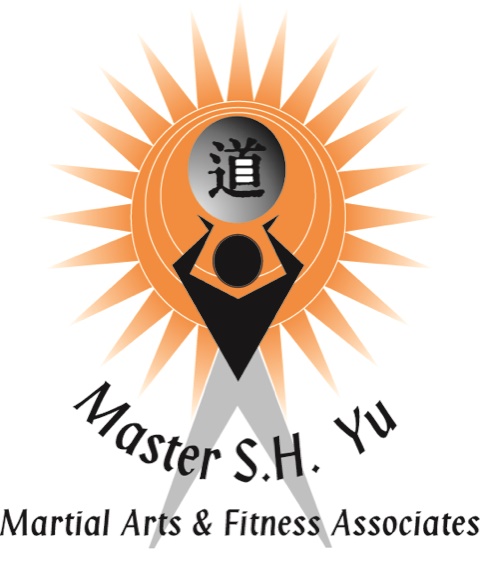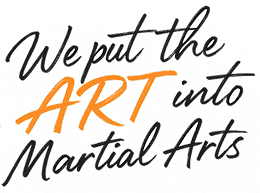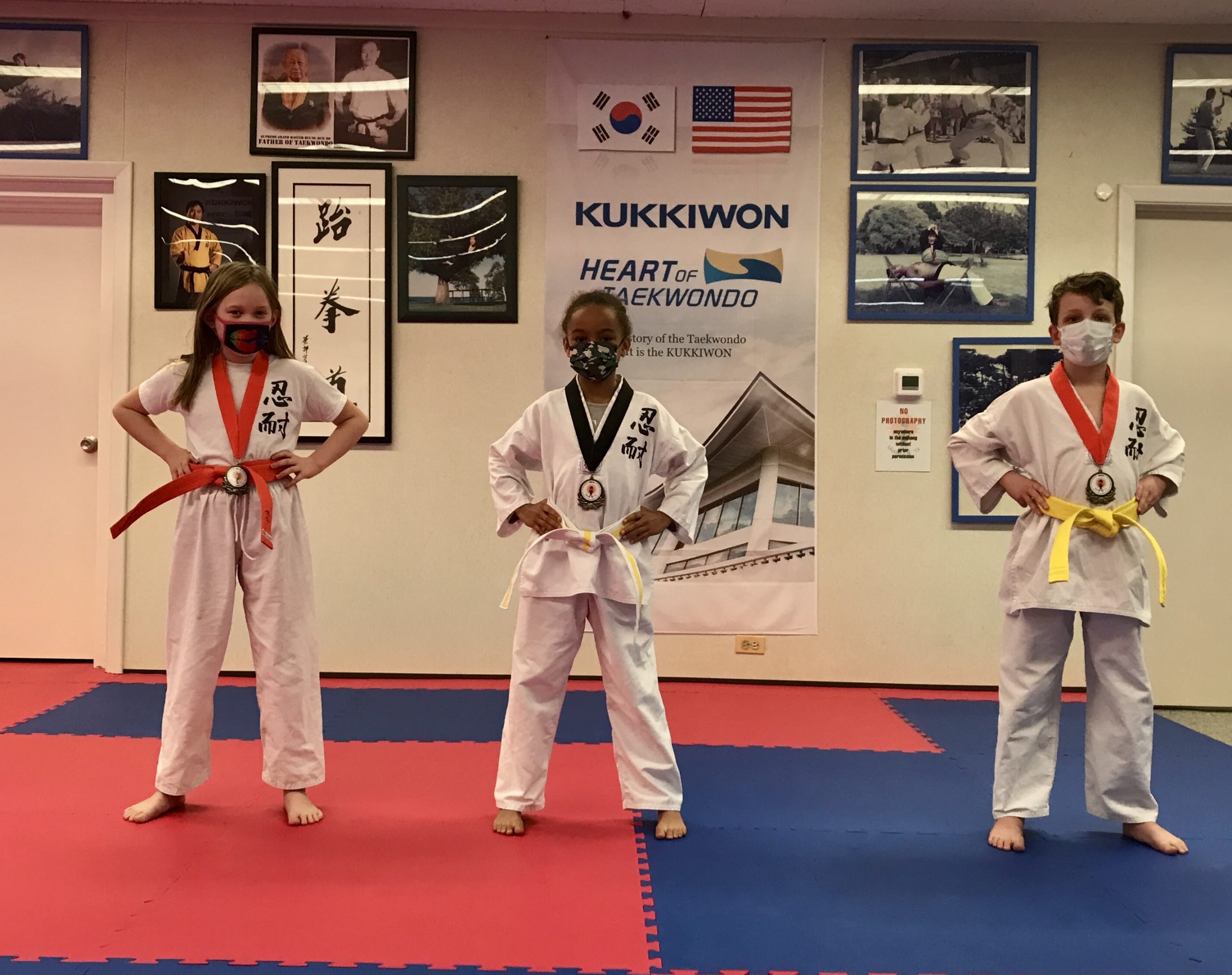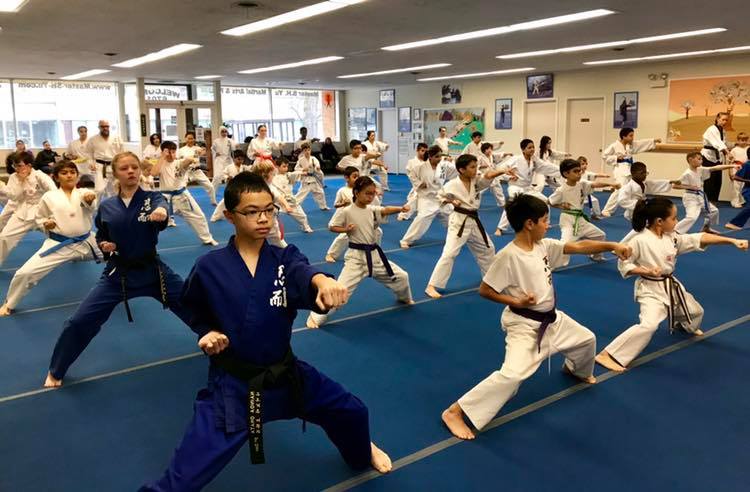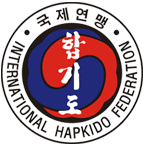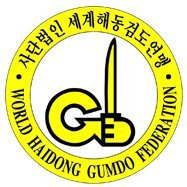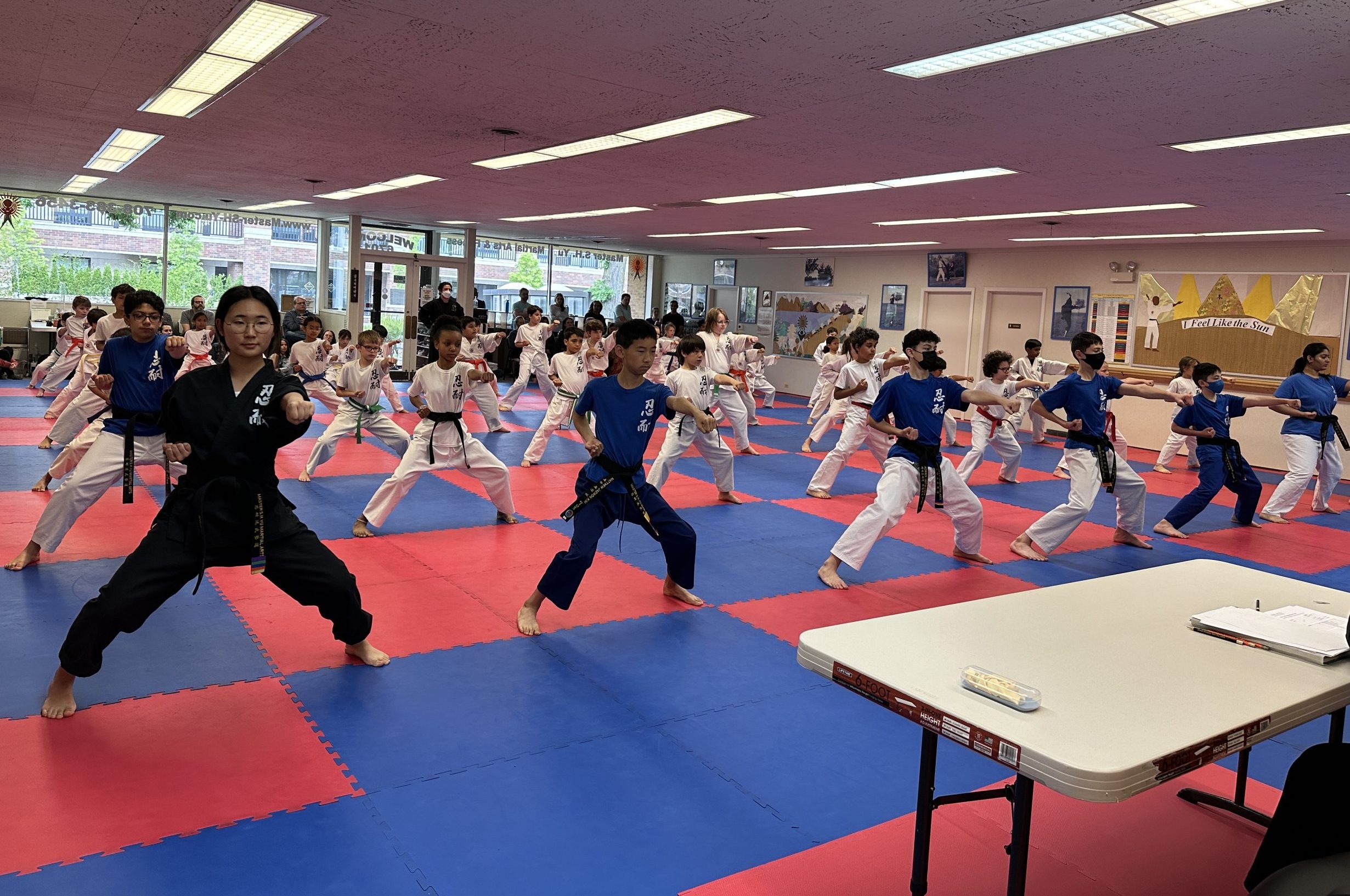
Where Did Martial Arts Originate?
Striking, grappling, and weaponry are some of the oldest forms of combat, forming the foundation of martial arts—a discipline with deep roots in human history. The origins of martial arts can be traced back as far as 3,000 BCE, making it one of the most enduring practices in the evolutionary timeline of skilled combat techniques and strategies.
Throughout millennia, martial arts has been practiced and refined across cultures. Despite its ancient origins, this art form remains far from obsolete. Instead, it continues to thrive globally, from the traditional schools of China and India to modern adaptations in the United States and worldwide. Martial arts have stood the test of time, evolving while retaining their essence as a powerful and dynamic discipline.
Where Did Martial Arts Originate?
The exact origin of the martial arts is unclear. However, based on ancient sculptures and other artwork, many consider the martial arts to have taken root in Asia, specifically India. Historians trace evidence of the martial arts as far back as 3,000 BCE in India.
India’s ancient sacred texts, such as the Vedas, as well as its epic poetry, like the Mahabharata, reference various forms of the martial arts. The nation’s famed epic poem, for instance, describes battles fought with boxing-style clenched fists and kicks.
Modern martial arts, like silat and bando, are heavily influenced by India’s early combat styles. India’s historic striking techniques are also found in Muay Thai. The country’s ancient meditation elements, introduced by yogis in the 3rd century BCE, are integral parts of martial arts training today.
Kalaripayattu, originating in India over 3,000 years ago, is one of the earliest fighting systems, blending spiritual practices with physical combat. Over centuries, the martial arts, crucial to survival and self-defense, spread across continents via migration, trade routes, and cultural exchanges.
An Indian monk, named Bodhidharma, visited China in the 6th century CE and founded a monastery called Shaolin-So. In addition to teaching meditation, he taught his disciples ways to build physical strength. Combined with Taoism, the Chinese martial arts, like Kung Fu, emerged.
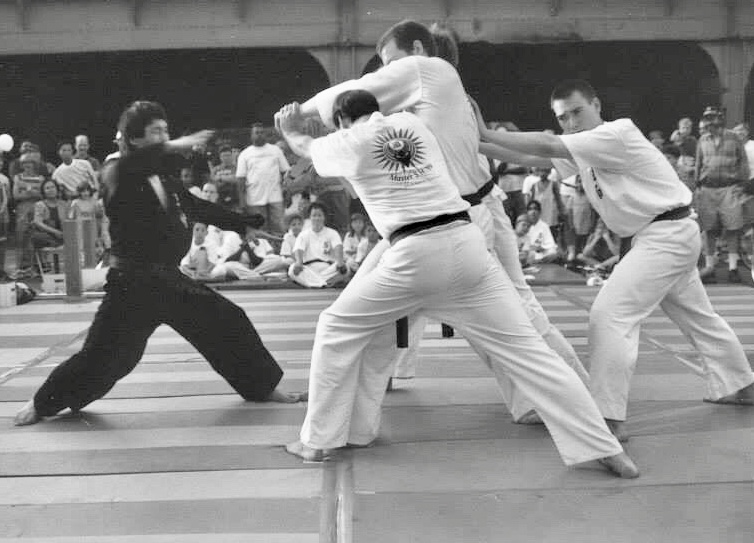
1. Tae Kwon Do
Korea is a peninsula where the martial arts gained a foothold centuries ago. Tae Kwon Do developed over 2,000 years ago during the rule of the Three Kingdoms. Bare-hand fighting was a means of self-defense and flourished during these early times.
2. Hapkido/Aikido
A dynamic form of self-defense, Hapkido also originated in Korea. Between the 1800s and 1945, Korea was involved in wars between China and Japan. Koreans learned extensively about the martial arts during this time of conflict, particularly from the father of Hapkido, Yong Sul Choi, and the late GrandMaster Myong Jae-Nam, GrandMaster Yu’s teacher.
3. Judo
Judo, in its modern form, was taught by Kano Jigoro upon founding the Kodokan School of judo in 1882. Kano revised the discipline, eliminating its most dangerous moves and replacing them with “free practice.” By the 1960s, judo had become established around the world.
4. Kumdo/Gumdo
Korea is Kumdo’s place of origin. Also known as Gumdo, Kumdo is the “way of the sword.” It’s a Korean style of fencing, derived from the Japanese martial art, Kendo. The Japanese introduced Kendo to Koreans in the late 1800s. In time, the discipline transformed into Kumdo.
The Philosophy and Spiritual Roots of Martial Arts
While the earliest forms of the martial arts had spread throughout the world via the expansion of empires and colonization, only in later years did they become mainstream with the help of globalization. The 20th century saw a surge in film and sports, which solidified its global popularity. Martial arts, however, still retain their core of philosophy. Early concepts of Taoism, Buddhism, and Confucianism continue to shape many training methods. Philosophies like these emphasize spiritual components, such as discipline, respect, inner peace, and balance, along with physical prowess.
The historical techniques, rituals, and spiritual elements of the traditional martial arts are still incorporated today in contemporary martial arts disciplines. Traditional martial arts stresses the importance of physical mastery as well as discipline over simply grasping physical fighting techniques.
The traditional martial arts involve more than physical combat techniques. Rather, the discipline represents a connection to cultural heritage and is an important vehicle for spiritual transformation. Over the centuries, the discipline has adapted; nevertheless, it reflects the cultures of the societies that introduced it.
As throughout history, the martial arts continue to evolve. The discipline’s ancient traditions continue to offer invaluable lessons in self-discipline, respect, and self-improvement. Martial arts schools today are important in the preservation of these elements as well as physical fighting techniques.
Martial Arts Classes with Master Yu
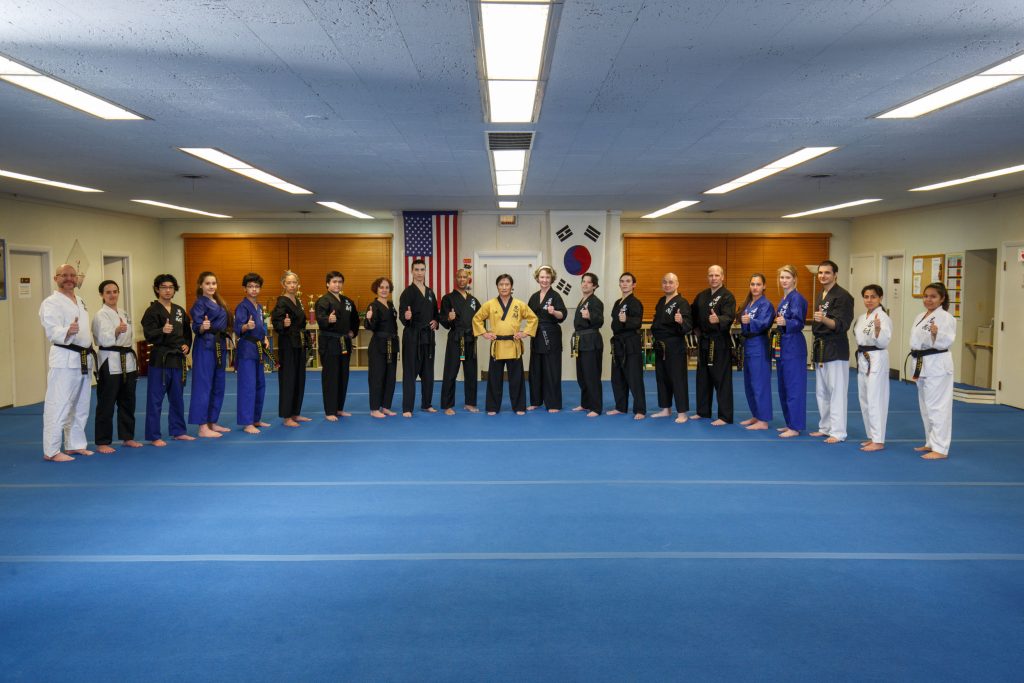
One such school that teaches the traditional martial arts is Master S.H. Yu Martial Arts. We offer students of all ages an opportunity to be a meaningful part of the martial arts’ venerable traditions. Through supportive classes, children and adults learn various styles of martial arts. Our top-notch instructors teach a wide range of disciplines. Supreme Grandmaster Yu teaches Tae Kwon Do, helping students master not only hand and foot movements but also develop their mind and spirit. Our founder was a student of the late Supreme Grandmaster BJ Ro, who is the Father of modern Tae Kwon Do.
Learning the throwing maneuvers and joint locks of Hapkido helps students become defense experts. While Hapkido primarily involves offensive techniques, Aikido teaches self-defense skills. Supreme Grandmaster Yu is highly qualified to provide quality instruction, having achieved 8th Dan Hapkido under GrandMaster Myong. Students also have the option to learn Judo. It is a gentler form of the martial arts, focusing on the mastery of holds and throws. We teach Kumdo, too, where students gain skills in swordsmanship, learning footwork, strikes, and blocking techniques.
As mentioned, we teach students from youth to adulthood. Karate for Kids teaches respect and courtesy, while also focusing on increasing emotional resilience. Adults benefit from our 12-week self-defense program, cultivating a positive mindset. It is an ideal introduction to the martial arts.
We offer one-hour-long private instruction to students who wish to acquire a specialized skill set. The lessons are geared toward fulfilling the student’s particular training objectives. Confidence, motivation, and a greater level of self-discipline are the welcome results of training.
Master S.H. Yu Martial Arts is Oak Park, Illinois’ most respected martial arts training facility. We invite you to take a first-hand look at the quality of our instruction. Call us today to learn more about martial arts and how martial arts classes unite the body, mind, and spirit.
